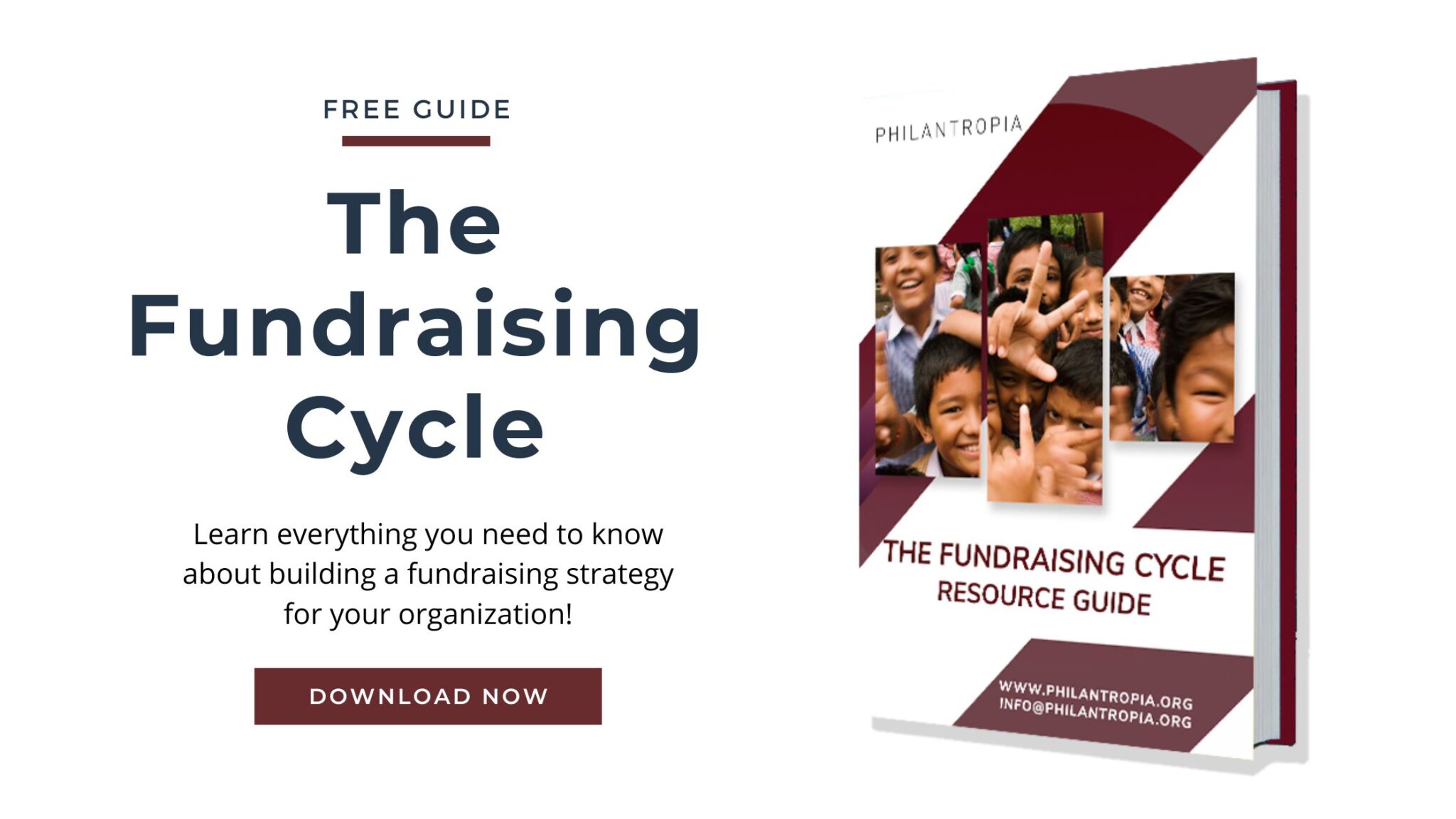Many donors urge NGOs to diversify their funding sources. Often it is seen that the chances of success for a proposal grow with the number of funding sources. The main reason donors want to see the diversified funding sources is to calculate the financial stability of a project and of an NGO. A stable, diversified funding base acts as a determining factor for many donors. ‘Diversifying funding’ is the mantra these days- but what does it actually mean and how can you diversify your funding sources?
In simple words diversifying funding sources means expanding your resource pool.
For most NGOs, the main source of funding they receive is focused on one main donor – it may be one foundation or an individual donor. On the contrary NGOs, fundraising approach should never focus on the limited source of funding. It should be such to strengthen them in long-term. If you have only one funding source, it could easily dry up. So, stop relying only on one source for funding.
When it comes to developing fundraising strategies, focus on finding the right balance. It requires a long-term strategy that includes planning, implementing, and plenty of monitoring and evaluation. If more than 30% of your budget is dependent on one source then your strategy is wrong. To increase the sustainability of an organization, you must take a business-minded approach to income generation and add other untapped sources of funding.
Funding Sources for NGOs
Let us examine the various sources of funding available for NGOs both at the conventional as well as non-conventional levels. Conventional sources are those that are mostly existing and donor-based and non-conventional sources of funding are those that also include alternative fundraising for organizations.
Bilateral and Multilateral Aid
Bilateral and multilateral aid is one of the biggest sources of funding we have seen over the past fifty and more years. These originate either from the foreign offices of the developed countries or from the multilateral organizations set up by different countries such as the United Nations, the World Bank, the Asian Development Bank. These organizations have been created to extend international support for alleviating poverty and reducing the socio-economic gap between developed and developing countries. But their agendas are far more complex and they are not necessarily focused upon injecting funds into NGOs, but definitely, a small part of their massive programs does include funding support for NGOs in developing countries.
Private Charities and Foundations
The second important source of funding is the private charities and foundations, also known as institutional donors, that are more privately handled and have a better focus on equipping local NGOs not just financially but also technically. Estimates show there are over 250,000 foundations and trusts in the world today. In 2016, approximately $117 billion US dollars from private foundations in the United States and Europe went to charitable causes. Unlike individual and corporate donors, institutional donors often have a set budget they are required to give out in grants every year. This means that these institutions already have systems in place for giving grants, have grant-giving information available, and in many cases actively solicit grant applications.
Individual Donors
Individual donors include the millions of people and families who donate through penny drives, volunteering, or even multi-million-dollar endowments. While the typical individual contribution is small, the numbers add up quickly. In 2016 alone, individual giving totaled $280 billion dollars in the United States – nearly 5 times more than all US foundations gave that same year. Donations from individuals can be great sources of unrestricted funding for NGOs. A strong base of small donations can cover core costs other donors may be unwilling to pay for. No proposals are needed! Fundraising from individual community members is also how many NGOs get their initial funding. But expanding and sustaining an NGO’s network of individual donors beyond the local community can be much more difficult.
Government
Government agencies are among the largest providers of aid in the world. In many countries, the local governments are also a major source of funding as they have different community welfare and development schemes in which NGOs can apply and raise resources and implement projects. Government grants and contracts tend to be very large and are becoming increasingly transparent. However, they are also often very technical with complex rules and guidelines.
Corporate Giving
Corporate giving, when not separated into a distinct corporate foundation, typically takes the form of Corporate Social Responsibility (CSR) programs. CSR programs can include a variety of support types such as employee volunteer time, sponsorship, grants, or even socially responsible supply chains. Companies typically are not high prospects for most NGOs. In 2016, corporate giving totaled $19.5 billion in the United States, or just 5% of the total giving. Most corporates do not have a specific application process and can be very in-transparent with regards to their application processes and past giving history. However, in the present times, corporate agencies are also partnering with NGOs for joint profit-oriented projects.
Social Enterprises
Finally, the non-conventional resources include Social enterprises. A social enterprise is simply an organization that trades for a social purpose. This means that any surpluses from the business are invested back into the organization or towards its social purpose. Another way of thinking of it is using business to solve social issues. Many NGOs are considering moving the business model from that of a donor-funded, toward a sustainable social enterprise. NGOs instead generate profits through their business activities to fund their projects. Products and services sold by a social enterprise often serve to further their mission as well as generate an income. For example, an educational social enterprise may sell learning aids and equipment. This provides a dual return of both income and social investment in just one business activity. Income generated through business can be more reliable than relying on public support.
“Be a Proactive fundraiser- rather than reactive grant seeker.”





Hi Priti Thapa, I have a new local NGO called Rural Life Solutions,registered and operating in Kigali Rwanda.We empower youth and women to come out of poverty through cooperatives and entrepreneurship.Already work with 25 deaf youth.We are training them on welding, sewing and Carpentry.We have another group of 30 women living with HIV/AIDS,We assist them with training on hand craft, mushroom production and plannining to give them pigs as start-up capital.We are still new, we need a volunteer who has fundraising skills.Thanks
My foundation is into skills acquisition training in about eight trade areas . we have successfully empower over 1000 youth and indigent women. our major problem challenge is funding for sustainability. please advise me on how and where to get help
With thousands of donors in the world today, we are not able to contact donors on your behalf. We suggest you first try to make a fundraising strategy for your organization, try with our course on How to find 50 great donors in 10 minutes. This course is totally free of charge, so it is a great way to learn something new and get to know our online courses for more advanced courses on donor research.